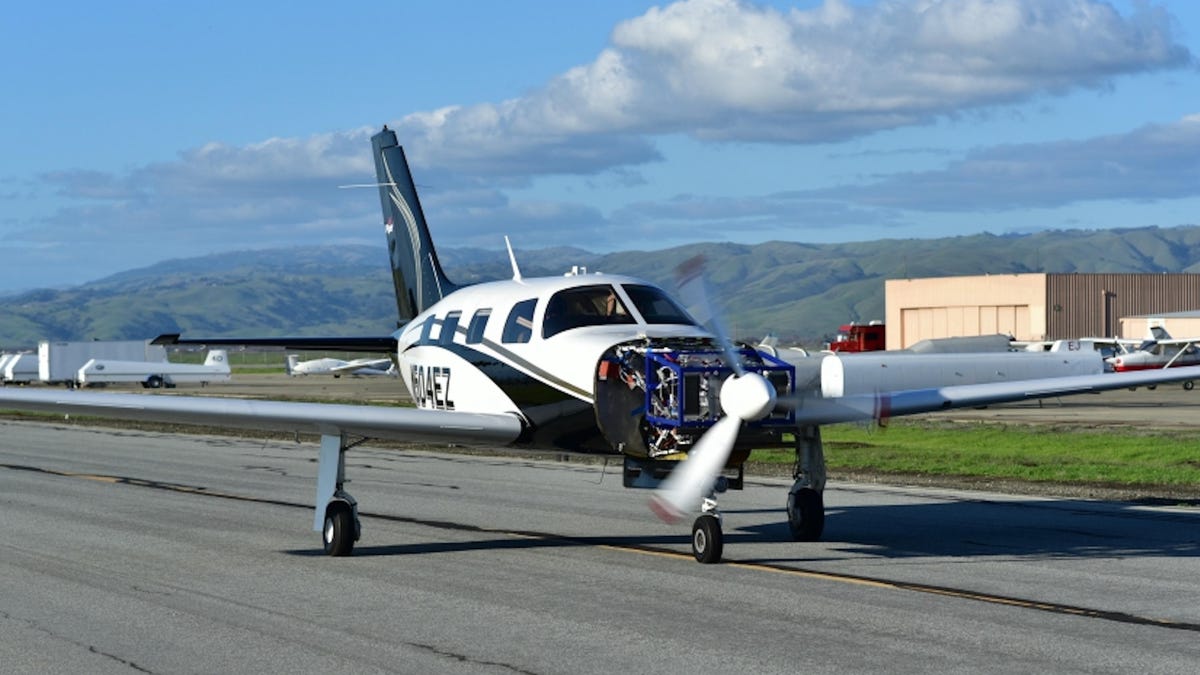ZeroAvia is putting hydrogen fuel cells in airplanes
The company is focusing on hydrogen because battery tech is still too heavy.
Alternative fuels for cars are pretty commonplace. We see electric vehicles and hybrids pretty much anytime we set foot outside our homes. Alternative fuels in the aerospace industry are much, much rarer and when you consider just how much jet engines pollute, that's a bad thing.
That's where ZeroAvia comes in. The California-based startup has been quietly working on aircraft-grade hydrogen fuel cell system and, according to a report Wednesday by Fast Company, the company just tested the system successfully near its home airport in Hollister, California.
What's even cooler is that the company didn't just test its technology in a tiny single-seater aircraft, it did it in a six-passenger plane, making it the largest zero-emissions aircraft to be powered without fossil fuels of any kind.
While we've been seeing a few efforts at making battery-powered electric aircraft, that technology still isn't especially viable because of the size and weight of the batteries that are currently available. Every pound of battery you have to sling up off the ground is one less pound that the plane can carry in people or cargo.
The beauty of ZeroAvia's system is that hydrogen fuel cells are relatively compact, as are the electric motors that they drive. The hydrogen that makes the system work can be stored in a series of compact carbon fiber tanks that weigh less and take up less space than batteries.
Take that and add in the fact that filling tanks with hydrogen is much faster than charging a battery, and you have an almost ideal situation for short-hop flights.
Short is the key word because ZeroAvia's system is good for a claimed 500 miles. That makes it ideal for an LA to San Francisco trip, or maybe New York to Boston. Though the company claims that half of all flights globally are under 500 miles.
Currently, the ZeroAvia test plane is using compressed hydrogen gas, which is less dense than liquid hydrogen, but with some further safety testing the company thinks that liquid hydrogen and the increased range that it would, in theory, provide would be worth it.
The company plans to have its technology ready to install in commercial aircraft by 2022 and envisions a future where airlines are better able to make use of small airports that would offer shorter lines and less sitting around on the tarmac because of traffic.
The benefits for the airlines would include significant cost savings on things like maintenance (electric motors are far simpler than any combustion engine) and dramatically reduced fuel costs.


